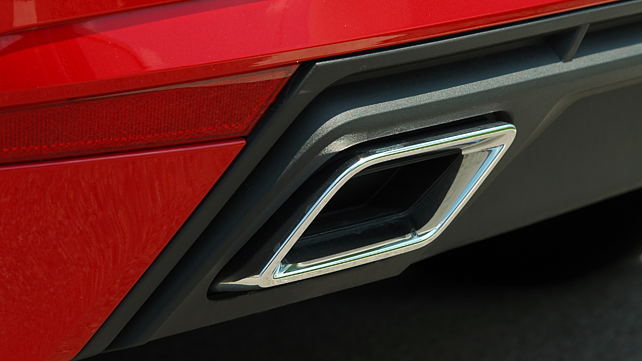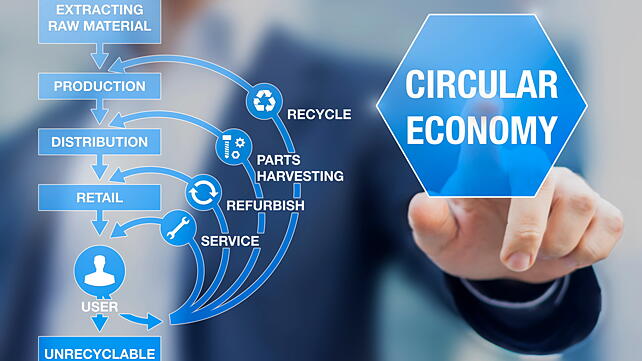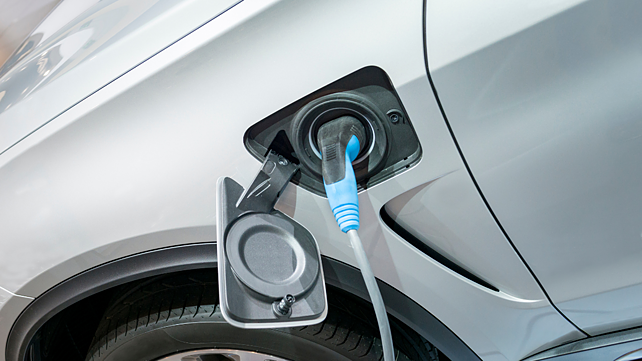
“Carbon neutrality” and its related concept, “net zero,” appear to be the ‘hottest’ (if you will excuse the expression) goals that are highlighted in new policies and positions of governments and corporates across the globe. This welcome movement is driven by an increasing consciousness towards climate change across a growing segment of society, who acknowledges the urgency of achieving the 2° C scenario by 2100. This messaging is amplified by the impending COP26, which will be held in Glasgow later this year.
It is good to hear that many consumers and financial markets are actively rewarding corporate green initiatives. The media has also been earnestly reporting on every movement related to ambitious targets and technologies from different industries and stakeholders. This includes the automotive and mobility industries, which is the focus of this note.
While I truly appreciate the sentiment addressed by our industry and many in the media, it is usually explained in binary terms, which ignores the nuance and challenges that needs to be discussed honestly. Many policy makers and industry players outline their approach to achieve carbon neutrality by declaring that heavy or even absolute adoption of Battery Electric Vehicles (BEV) is the only way to go.

I have no doubt that with their zero tailpipe emissions, BEVs are indeed one of the optimal solutions that must be appropriately implemented. However, for realistic carbon neutrality at the earliest timing, I would like the conversation to be broadened and considered as a factor of two rather complex concepts (a) well-to-wheel and lifecycle emissions; and (b) aggregated total distance driven.
Well-to-wheel and lifecycle emissions
The impact of electrified technologies on climate change is heavily dependent on the electricity mix. Recent IEA and ICCT studies have shown that until the share of renewable energy increases to a significant portion of a country’s energy mix, the overall carbon reductions of BEVs may not be substantial.
For instance, in the case of India, with a current power sector carbon intensity of 725 gm CO2/kWhr (vs global average of 510 gm CO2/kWhr) [1], the well-to-wheel carbon emissions is likely to be better for a Strong Hybrid Electric Vehicle (SHEV) than a Zero Emission Vehicle (ZEV). This situation becomes even more pronounced if the entire lifecycle emissions, including raw material and production’s requirements, are considered.
Unfortunately, despite encouraging growth in renewable energy, most Asian countries, including India, will still continue to be heavily fossil fuel dependent for quite some time, and this indicates that all environmentally friendly drivetrains should also be encouraged during such interim.
This also illustrates that automotive electrification policy should be considered as a set with a country’s energy policy, to encourage the most carbon friendly options as soon as possible. We cannot afford to skirt the problem by conveniently ignoring well-to-tank emissions. As energy mixes change, the automotive policy can also evolve.

Furthermore, we also need to consider a vehicle’s lifecycle emissions. This means that we have to take responsibility from the vehicle’s cradle to its grave, and spare no efforts to reduce emissions by implementing circular economy approaches, including throughout the R&D, production, distribution and end of life of the vehicle.
We need to develop lighter and easier-to-dismantle vehicles, we need to have zero CO2 manufacturing plants, including for the supply chain, and abate emissions in precious metal mining and battery manufacturing. Furthermore, we need to use efficient distribution networks and appropriately manage the end of life of a vehicle, including plastics and batteries (with optimal 3R – rebuild, reuse, recycle).
Aggregated drivetrain distance driven:
When studying total distance, we have to (i) aggregate the number and type of drivetrains on the road and (ii) the total distance driven by each vehicle.
If we focus on the number and type of drivetrains for public or private mobility, the critical enablers are affordability, usage patterns and infrastructure availability. For the next decade, BEVs, powered by renewable energy, may be suitable for use as personal mobility options within the city, or using pre-determined short haul routes, such as logistics or for public transport last-mile connectivity.
On the other end of the spectrum, another suitable customer segment can be for luxury vehicles, who can act as early adopters, and who have easy access to home charging.

However, we also need to maximise any other low carbon technology that can support mass and accessible deployment in the near future. While efforts in the industry are accelerating to achieve breakthroughs in battery technology/ cost, till such tipping point, policy makers and industry should embrace and support every electrified or low carbon technology, including SHEVs and Plug-in Electric Hybrids (PHEV).
Offering multiple attractive and accessible options to the end customer, potentially with fair carbon based taxation, will drive faster adoption and gain scale of electrification. We need mass electrification; not niche electrification that may result in a Potemkin village, concealing the rest of the fleet.
Though it may not be ‘politically correct’ to express such a view, multiple pathways encouraging mass electrification have the most realistic chance to meet the customer’s diversified needs, which is the single most critical element of decarbonisation of transportation.
Alternatively, regardless of the vehicles’ promised zero emissions on glossy sales pamphlets and media announcements, without customers’ buy-in, we have no chance to hit our mid-term GHG goals.
Must tackle behavioural change
We have to recognise that mobility is critical for economic and social activity. Every individual has to make a behavioural choice of the means of mobility that they would like to use, including walking, cycling, taking public transport, or their own private vehicle. This daily decision, which may be affected by safety, weather, convenience, and time, among others, impact emissions.

Towards adapting behaviour, we also need to consider other factors such as better city planning and encourage greater public transport usage, with smart integration to multi-modal mobility. Another interesting development is that by enhancing systems like work from home, on-line schooling or e-commerce with last mile delivery – all of which have become more prevalent after COVID-19 – we can change behaviour to reduce our aggregated carbon footprint.
Mobility for all
I work in a mobility company that has been working on electrification for the last 30 years, and has sold 17 million electrified vehicles globally, allowing us to abate over 140 million tonne of CO2. I believe the positive and notable impact that we have been able to make to the environment is purely a result of customers’ choices.
We aim to produce happiness to all by providing freedom of mobility. This requires us to provide a diverse range of mobility services and transportation solutions to people around the world, whether it is to take you to work, deliver your goods to the market, send your children to school, transport the infirm to the hospital, or even take your family on a holiday.
It is our corporate intention to ensure that no one is left behind, as we provide carbon neutral mobility for all. That is the reason that, while we make and sell vehicles, we strongly advocate greater usage of public transport and more integration to multi-modal mobility.
We have been working on projects towards such an objective across multiple countries, including India. We know the importance of city planning to reduce emissions, and hence are using data analytics and innovation to design better cities, while partnering with governmental authorities and other like-minded private entities.

As an illustration of what is possible, we are also working on a living lab in Japan, called Woven City, to showcase the possible future of clean and smart mobility. We also launched a Ventures Climate Fund to identify and fund early-stage start-ups that develop innovative solutions aimed at contributing to carbon neutrality.
We try to think deeply and comprehensively to ensure that we can deliver practical and sustainable pathways to carbon neutrality in a manner that can gain scale and impact immediately. That is why we call upon various stakeholders, across the 200 countries and regions, where we operate, to collaborate strongly and steadfastly to reduce emissions by doing whatever we can from today. Future generations depend on us getting this right!
References:
[1] IEA India Energy Outlook, 2021. (Page 54)
About the Author: Pras Ganesh is Executive Vice President of Toyota Daihatsu Engineering & Manufacturing and Director of Asia Pacific Programs, Toyota Mobility Foundation
Note: The views and opinions expressed in this article are those of the author and do not necessarily reflect the policy or position of his employer or any other entity that he is associated with.